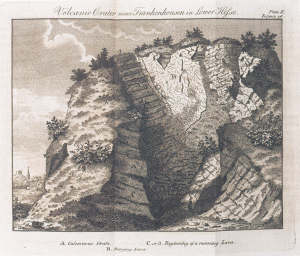Migration Tales
This image, from a pamphlet by Isaac Thomas, held in Special Collections, is about the fictional Morgan Bach who wishes to leave Wales to seek his fortune in Australia, much to the despair of his mother. In ballad form, the verses are a conversation between mother and son, in which she tries to talk him out of his plans. As much as it pains him, however, he will not be moved. A subsequent ballad by Thomas details Morgan Bach’s later return to Wales as a rich man, but his mother does not recognise him (this pamphlet is held by the National Library of Australia).
The performing and selling of ballads was very popular entertainment in 18th and 19th-century Wales. In the latter, many ballads written in the industrial south of Wales related to Australia, suggesting a preoccupation with emigrating to escape poverty and start afresh in a new country. The Thomas ballads about Morgan and his mother were two of the most popular and were printed in many editions, many of which survive to this day.
Above: Isaac Thomas, of Aberdare, Morgan Bach a’i fam yn ymddiddan yn nghylch myned i Australia, [Publisher] Caernarfon: argraffwyd gan H. Humphreys, 184-?, Special Collections, University of Melbourne.
A translation of this ballad is also available in Special Collections: Isaac Thomas, of Aberdare, Morgan Bach in Australia: Reproductions of two Welsh migration ballads from the 1850s, with translations and introduction by Geraint Evans, Melbourne: Ancora Press, 2010.





